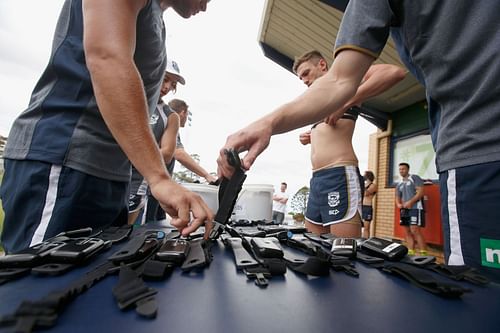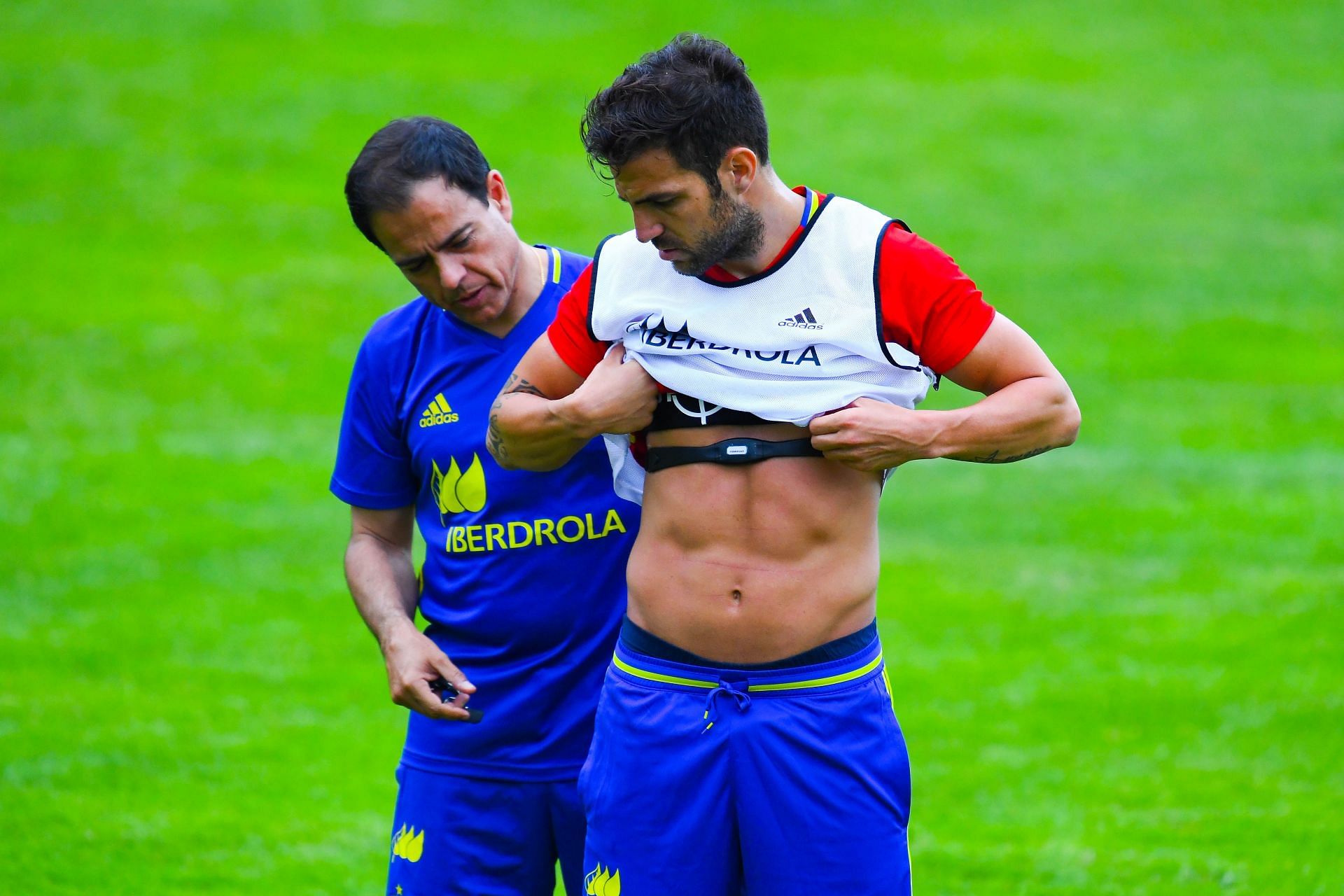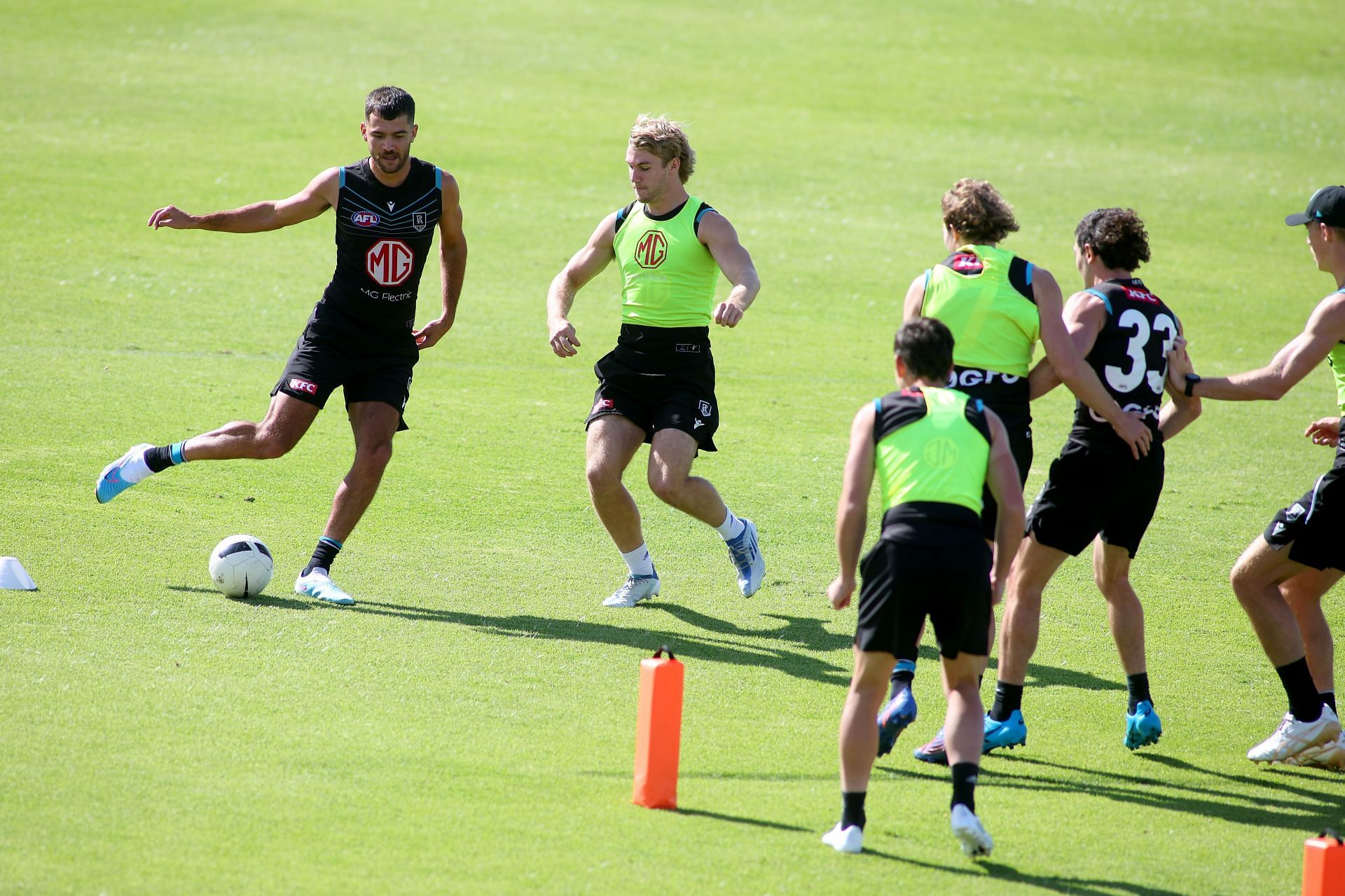
"We can use (HRV) heart-rate variability as a proxy of the body’s response to stress" - Marco Altini, Founder, HRV4Training
Renowned researcher and data scientist Marco Altini developed HRV4Training, a mobile app that leverages heart-rate variability (HRV) to deliver unique insights into the body's training and recuperation conditions. It is ideal for anyone wishing to improve their training and reach their performance objectives.
HRV is a measure of the time difference between successive heartbeats and is an indicator of the autonomic nervous system's balance between the sympathetic (fight or flight) and parasympathetic (rest and digest) branches. HRV4Training provides a lot of information about your body's response to training and recovery by measuring your HRV with your smartphone camera or a suitable Bluetooth heart-rate monitor.
The app's powerful algorithms analyze your HRV data with other parameters such as sleep, stress levels, and training load to deliver individualized rest, recovery, and training-intensity recommendations. If the value is low, the app may recommend that you take a day off to enable your body to recuperate. If it is high, it may suggest that you raise the intensity of your workout to capitalize on your body's preparedness to perform.
HRV4Training is popular with professional athletes, coaches, trainers, and leisure fitness fans. The software has been lauded for its accuracy, convenience of use, and ability to deliver actionable insights that may assist users in meeting their performance objectives. HRV4Training is the perfect tool to maximize your training and recuperation, whether you're a competitive athlete or simply trying to increase your fitness level.

Sportskeeda's Business of Sports recently had the pleasure of interviewing Marco Altini, the founder of HRV4Training, to learn more about this cutting-edge smartphone app that optimizes workout routines using heart-rate variability (HRV) data.
Marco discussed the app's origin, its relevance in training and recovery, how the software has been accepted by elite athletes and fitness fans, and what differentiates it from other apps on the market.
His enthusiasm for employing technology to better our understanding of human physiology was clear in his candid and intelligent responses. Thus, it made for an intriguing Q&A session about the intersection of fitness and technology.
Excerpts from HRV4Training founder Marco Altini's conversation with Sportskeeda

Q. Given your background as a PhD in Machine Learning and Double MSC in Sports Science and Computer Science, where did the idea of developing an HRV training application arise? Give an origin story of how you came up with this idea.
Marco Altini: Thank you for having me here today. Almost 15 years ago, as a computer scientist and engineer, I struggled to find my path in the field. This changed when I had the opportunity to take a course on what was then called “embedded systems,” now we’d call them wearables.
Using technology to measure the human body and try to understand and model physiological responses to physical activity and other stressors triggered an interest and passion that fueled much of what I’ve done since then. I was truly fascinated by this field, and by how we could use miniaturized sensors to capture what was going on in the human body.
After my PhD, I started two companies with similar goals to develop tools to measure physiology in accurate ways, but without the need for a lab or expensive equipment. I then went back to university to study sports science and better understand the physiological underpinnings of the applications I was working on from a different angle.
In the past 10 years, I’ve been working at the intersection between technology and physiology and have published about 50 papers. But I've always tried to focus greatly on the applied side of things, building tools that each one of us can benefit from, often without requiring anything more than a mobile phone. This is the case with HRV4Training as well, the first validated camera-based app able to measure heart-rate variability without requiring any external sensors.
Q. How does HRV monitoring compare to traditional fitness tracking methods?
Answer: Heart-rate variability refers to the variations in heartbeats modulated by the autonomic nervous system. The autonomic nervous system typically responds to the different stressors we face with the suppression of the parasympathetic branch and increased activity in the sympathetic branch.
As such, we can use heart-rate variability as a proxy of the body’s response to stress, which can be particularly insightful when measured under the right conditions: at rest, typically first thing in the morning, or during the night.
In these contexts, heart-rate variability reflects the major stressors we face, not only hard training but also psychological stressors, sickness, travel, etc. This makes it possible to better quantify the body’s response to stressors, and possibly help us make meaningful adjustments.

We have been monitoring training in different ways for many years, using power meters, heart-rate monitors, cameras, GPS, and all sorts of other devices. However, these can only focus on the acute phase when we are training and do not tell us much about how we are responding to such training.
Are we responding well and assimilating the load or are we in trouble because of an excessive stimulus that might lead to maladaptation down the road? It can help us answer these questions and reveal useful insights into the body’s response to training and other stressors.
Q. How is this application revolutionizing the way we train currently? Can you give us an example or a case study for the same?
Answer: Using tools like HRV4Training, we are able to assess the body’s response to training in ways that were not possible before. While it has been investigated for many decades, only thanks to recent developments in mobile phones and wearable technologies have we been able to measure it in real-life settings (outside of the lab) and longitudinally.
In the older days, the interest was mainly in comparing different groups of people or taking sporadic measurements to see associations with changes in fitness during an intervention. These approaches are quite limited as they do not tell us much about the individual, but were the only options when technology required laboratory measurements of heart rate variability, using expensive equipment.
Today, we are able to look in much more detail at day-to-day responses to various stressors and act accordingly. Over the past few years, various studies have used heart-rate variability-guided training to modify standard periodization based on individual physiological responses.

This normally translates to e.g., reducing training intensity when heart-rate variability is suppressed, so that the timing of the stressor is also better accounted for, providing high-intensity stimuli only when the body is in an ideal state to absorb it.
These studies have often reported improved performance with respect to standard periodization, highlighting how it can be used to guide training in a more individualized and effective manner. This type of intervention study is only possible thanks to technology like HRV4Training, which allows anyone with a phone to measure it first thing in the morning, at home, every day.
Q. What is the future scope of HRV4Training? What features will you be adding? How do you plan on promoting this application across the globe?
Answer: We are a small independent business, and as such, can only grow slowly via word of mouth. The way we work on this is typically focusing on building easy-to-use, accurate, and cost-effective tools, and trying to spend our energy in terms of scientific communication.
Providing good scientific communication is one of my main goals these days as I believe the data can be very useful, but there is a lot of misinformation out there on the topic. Similarly, even among sports scientists, heart-rate variability is not well understood and therefore not used effectively.
Over the past decade, we have developed many great relationships and collaborations with scientists and universities working in the field, and I am particularly interested in seeing where some of the work currently being done will lead.

For example, different groups are looking at how it can be used to guide training in various populations, and how we can possibly modulate our response with interventions. These not only try to prevent negative outcomes (e.g. reducing training intensity when the body is already stressed) but aim at possibly enhancing recovery from an autonomic nervous system perspective, for example using breathing exercises.
While the past few years have seen a lot of technological advancements in the measurement of heart rate variability, the next few years might bring more insights into our ability to influence it with different protocols, potentially bringing better outcomes for health and performance.